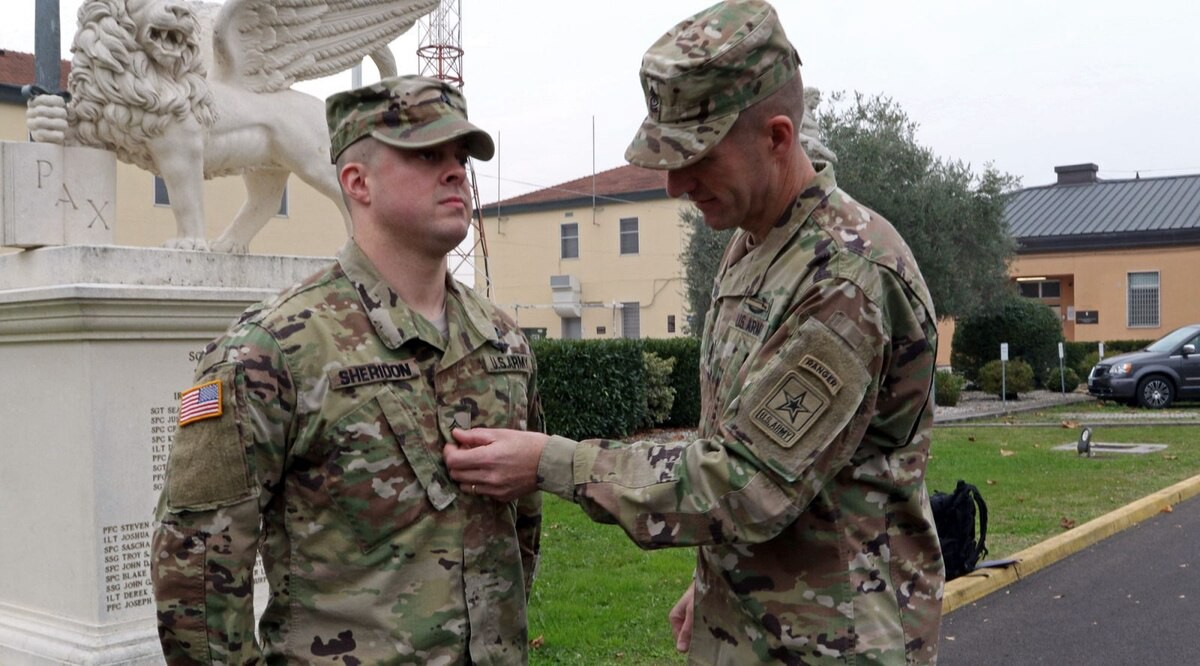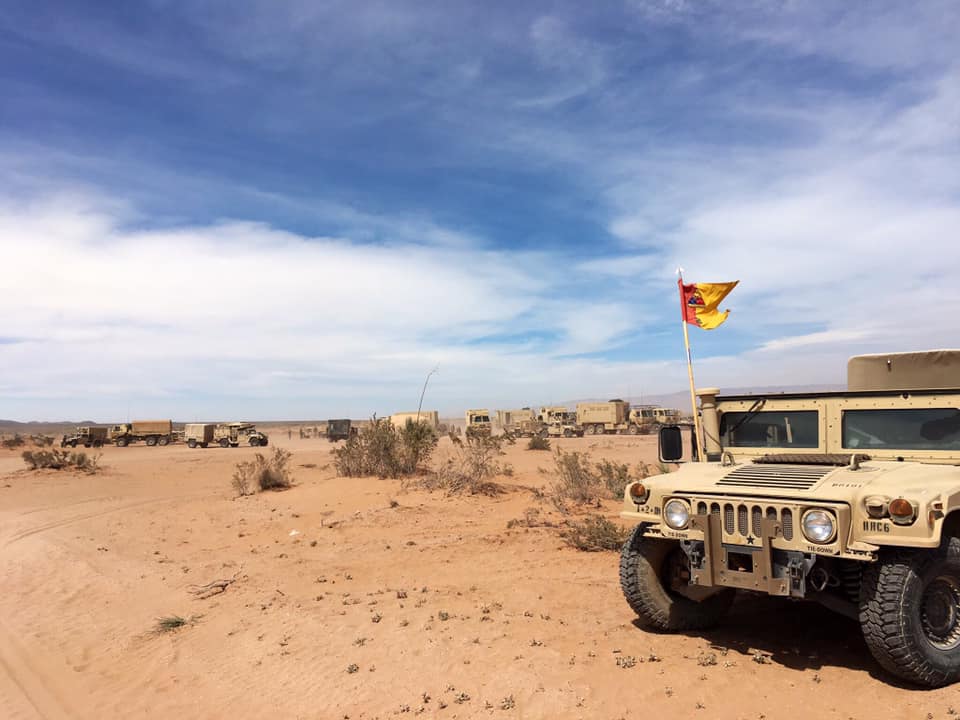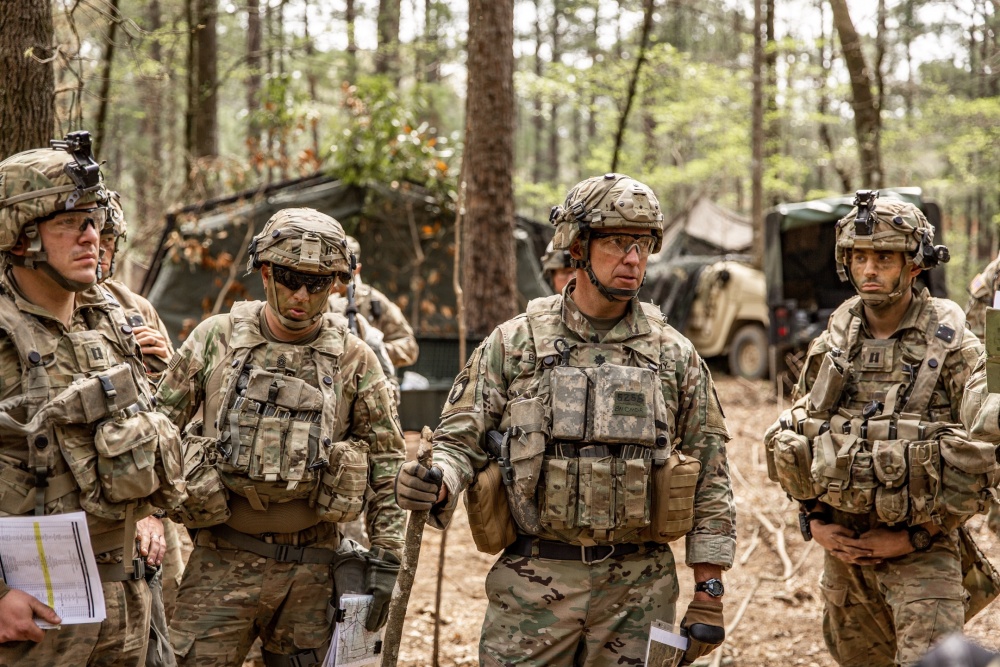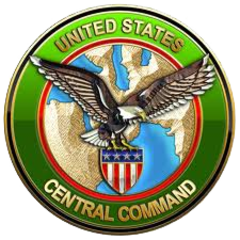
By: LTC Joshua Trimble
Did the Army select you to serve as an S6? If you are lucky, you remember your training. If you are extra lucky, the Army even sent you to a refresher S6 course. Chances are, you are not that lucky, and you probably do not remember everything that isn’t written down in your little green notebook. It would be impractical to expect you to remember everything. But, if you can remember these three themes and what they imply, you are on your way to success.
Have a PACE not a Prayer. Many are familiar enough with the communications practice of a PACE. It’s the abbreviated signal way of having different courses of action – the acronym standing for, “Primary, Alternate, Contingency, Emergency.” Each letter representing the preferred method of communications between you and adjacent units. There are different PACEs for communicating to higher units, to lower units and to adjacent units because each unit will have different types and quantities of communications equipment.
There can even be different PACEs for operations or phases of operations. Ask an aviation unit S6 how many PACEs there are in an air assault operation (Hint – at least three: 1. Aircraft to Command Posts (CPs), 2. Aircraft to Aircraft, 3. Aircraft to ground forces) and you understand the complexity of developing a PACE. The best PACEs also account for different Warfighting Functions (WfFs). For example, the intel team wants to talk differently than the fires guys who want to send digital fire missions.






















